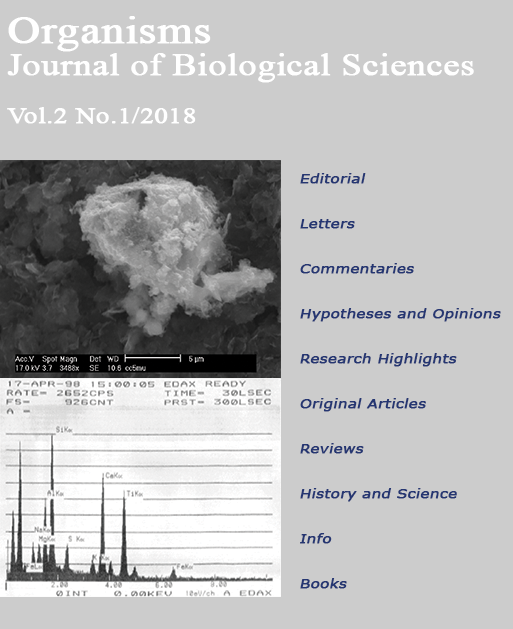Fractal values of metal micro-aggregates in lung microenvironment associated with tumor complexity
DOI:
https://doi.org/10.13133/2532-5876_3.14Abstract
Quantitative analysis, using scanning electron microscopy (SEM) and energy dispersive x-ray analysis (EDAX), of inorganic particulate found in lung tissue has been carried out for different lung pathologies. Results show a marked correlation between adenocarcinoma and carcinoma in presence of heavy metals. Such association was not found on specimens related to before the massive Italian industrialization of the 1960’s. Most of the particles analyzed proved to be part of a coarse mode distribution. When their shapes were fibrous, they may be explained with fractal dimension. The aggregation processes have been simulated by a Diffusion-Limited Cluster Aggregation (DLCA) model. Results show that the significant part of the particulate matter was found in macrophages and has a fractal dimension that derives from a process of local aggregation of smaller particles rather than due to inhalation of larger coarse particles. Disruption of macrophage and tissue architecture due to aggregate deposition is significantly associated with lung cancer incidence.Downloads
Published
How to Cite
Issue
Section
License
Copyright Agreement with Authors
Before publication, after the acceptance of the manuscript, authors have to sign a Publication Agreement with Organisms. The authors retain all rights to the original work without any restrictions.
License for Published Contents

You are free to copy, distribute and transmit the work, and to adapt the work. You must attribute the work in the manner specified by the author or licensor (but not in any way that suggests that they endorse you or your use of the work).





